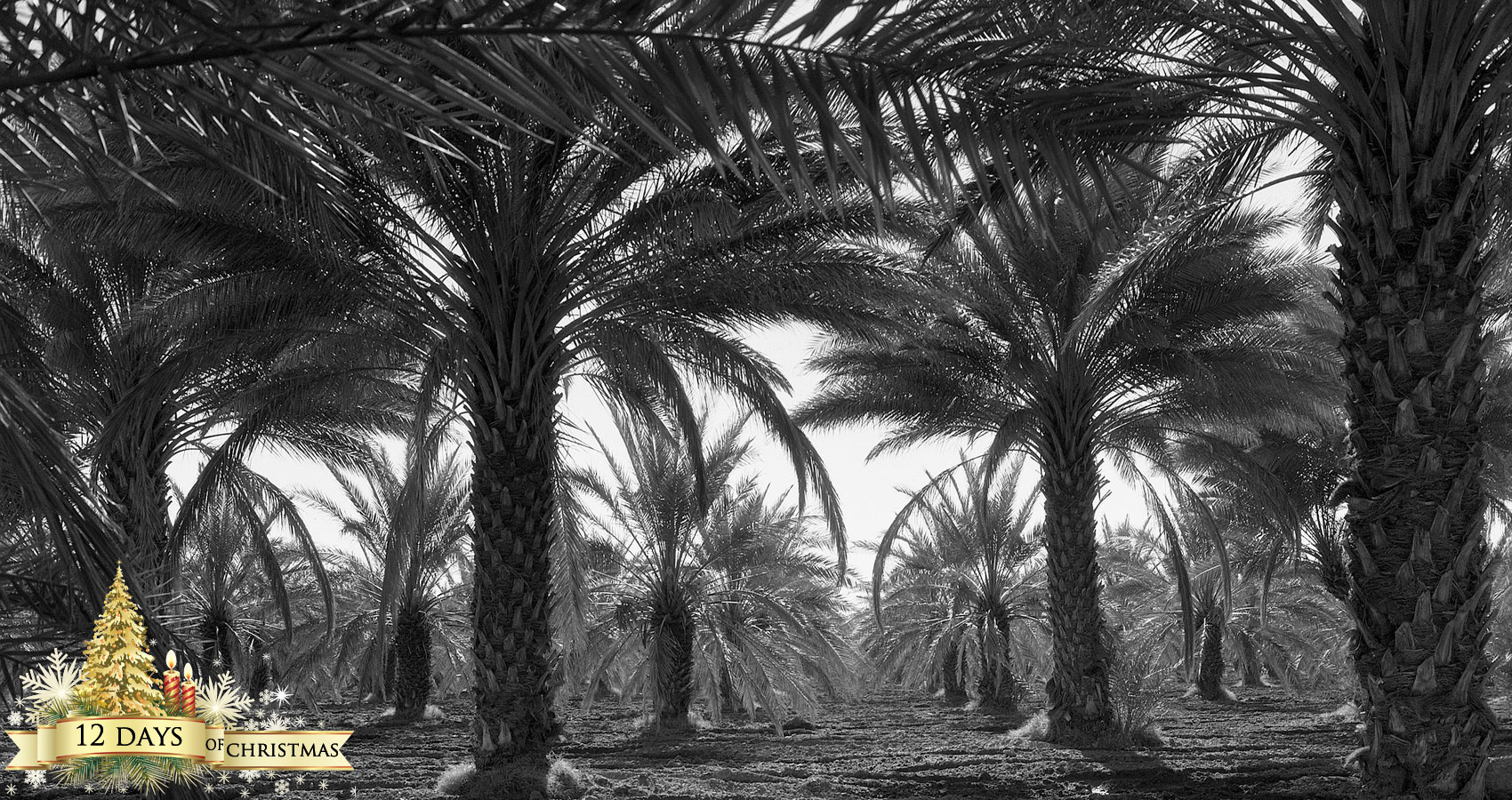The Trees of Winter’s Grace
written by: Michael H. Brownstein
Introduction:
The Sacred Trees—oak, willow, ash, date palm, wild plum
The Trees of Prosperity—holly, box, ivy, bay, laurel, conifers, oak
The Druid and Christian Tree—evergreen, oak
I
Snow is always cause for courage,
and love,
a need to pray, forgiveness,
warmth.
II
It was then the small boy came knocking,
the wind a blizzard of disease and frostbite,
and the old couple opened their home to him,
offered him from the little they had,
hot apple cider, a stew of potato, warmed flour.
They gave him the warmest place in the house
and covered him with extra blankets they themselves used.
In the morning, he was gone and they had slept through
the snow drifting in piles covering their door.
He left no tracks, he took nothing with him,
but when the sun came out and the day’s frost began to ease,
they saw the beginnings of a grand tree,
its leaves pointing to heaven, its branches laden with fruit.
III
Years later the child now a man found himself
in the Germanic forests near a town buried in snow.
He saw the people kneeling before a great oak
and he knew it offered support for the spirit,
but little for the belly or the pregnant.
He chopped it down when the people slept
and when he began to cut it into firewood,
they woke frightened and enraged.
He stood his ground, raised one hand
to where the tree had been, pointed with the other
to show them what was to become
and the people watched as the ground moved
and a fir came from the seeds of snow and earth,
its branches laden with gifts of greenery,
food, fruit, nuts, and roasting meats.
He married a year later, a princess of Viking strength,
a woman who held a staff larger than a tall man
and liked to color the long nights with stars and rainbows,
fruits and fresh bread, venison and anything green.
Together they wandered the Northlands
bringing song and trees that remained ever green
even during the dark of the winter
when the sun slid beyond the ice for its long sleep.
IV
The Arabians chronicled his adventures later in life
after the Qur’an, after the solistice of the Druids,
after the closing of the Germanic book on Winter’s Magik,
after the last celebration of the Roman festival Kalends.
It was told by many who claim they saw it with their own eyes
how one winter when famine had struck the land
and water had dried up, great snows came from the north
burying everything and the people were not prepared.
Then a man with a beautiful wife walked among them.
They stopped in the center of the village,
blew into the night, and the wind stopped,
the snow cleared and suddenly trees were everywhere,
great laurels and firs, bay and ivy, their leaves strong,
their scent the perfume of warming and good health.
They say winter was hard that year, the hardest in history,
but that morning the people found clothing for the weather,
supplies of dead dry wood at each tree’s trunk
and enough food to last until the coming of summer..
Snow never fell again in that region, but when that snow melted
great wells formed across the land. The trees
shriveled in the heat, petrified into sand and stone,
formed shapes to hold clear water,
and the shadows of the two people are still there
imprinted in the shadow of sand dunes,
carved into rocks holding clean water,
etched into the bark of the sacred date trees.
NOTE FROM THE AUTHOR:
This poem could never have been composed without the help of THE CHRISTMAS TREE by Barbara Segall which gave me insights and knowledge into how The Tree of the 12 Days of Christmas came to be.
- A Whisper and Prayer - December 25, 2023
- Spotlight On Writers – Michael H. Brownstein - November 11, 2023
- The Night Before - October 30, 2023



